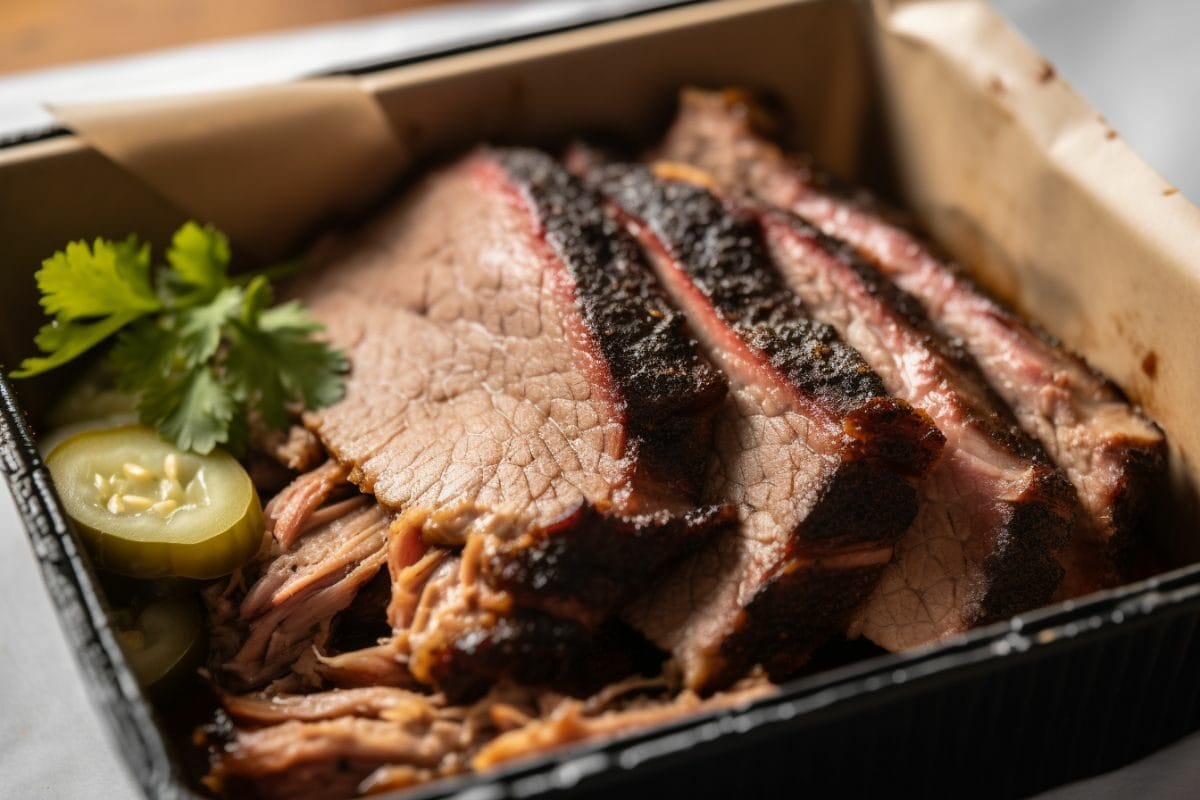

Articles
How To Store Brisket
Modified: January 5, 2024
Learn how to store brisket properly with our informative articles. Find expert tips and techniques to keep your brisket fresh and flavorful.
(Many of the links in this article redirect to a specific reviewed product. Your purchase of these products through affiliate links helps to generate commission for Storables.com, at no extra cost. Learn more)
Introduction
Welcome to the world of brisket storage! Whether you’re a seasoned pitmaster or a brisket enthusiast, understanding how to properly store brisket is essential for maintaining its flavor and tenderness. Brisket is a cut of meat known for its rich flavor and juicy texture, making it a popular choice for barbecue and smoked meat lovers. However, to enjoy the deliciousness of brisket for an extended period, it’s crucial to follow the right storage techniques.
In this article, we will guide you through the process of storing brisket and share valuable tips to ensure its quality remains intact. So, let’s dive in and explore how to store brisket like a pro!
Key Takeaways:
- Properly storing brisket is crucial for maintaining its flavor and tenderness. Choose high-quality brisket, prepare it for storage, and follow proper refrigeration or freezing techniques to enjoy delicious brisket for future meals.
- To maintain brisket quality, store it in the refrigerator for short-term use or in the freezer for long-term storage. Properly defrost frozen brisket and follow best practices to preserve its flavor and texture.
Read more: How To Store A Brisket
Understanding Brisket
Before we delve into the storage process, it’s important to have a basic understanding of what brisket is and why it requires special attention. Brisket comes from the chest region of the cow and is a underutilized muscle, which makes it tougher compared to other cuts of meat. However, with the right cooking techniques and tenderizing methods, brisket can become incredibly tender and flavorful.
There are two main parts of the brisket: the flat (also known as the “lean”) and the point (also known as the “fatty”). The flat is a leaner and relatively more tender portion, while the point is marbled with fat, providing it with extra juiciness and flavor. When purchasing brisket, you can choose to buy the whole packer brisket, which includes both the flat and the point, or you can opt for just one of the cuts depending on your preference.
Brisket is often used in barbecuing and smoking, where it undergoes a slow-cooking process to break down the connective tissues and render the fat, resulting in a tender and moist finished product. This slow-cooking technique requires several hours of cooking time, making it necessary to understand the storage process to preserve any leftover brisket.
Now that we have a better understanding of what brisket is, let’s move on to the next section to learn how to choose the right brisket for storage.
Choosing the Right Brisket
When it comes to choosing the right brisket for storage, there are a few factors to consider. The quality of the brisket plays a crucial role in determining its flavor and tenderness, even after it has been stored.
One of the first things to consider is the grade of the brisket. Briskets are graded by the United States Department of Agriculture (USDA) based on the amount of marbling and fat content. The higher the grade, the more tender and flavorful the brisket will be. Look for briskets with a USDA Prime or Choice grade for the best results.
Another important factor to consider is the size of the brisket. The size will depend on the amount of brisket you plan to cook and store. It’s recommended to choose a brisket that fits your needs, whether it’s a smaller cut for a single meal or a larger one for multiple servings.
Additionally, inspect the quality of the meat by looking for a bright red color and firm texture. Avoid briskets with a grayish or brownish tinge, as it may indicate poor quality or improper storage.
Lastly, consider the packaging of the brisket. Look for briskets that are vacuum-sealed or tightly wrapped to prevent any air from getting in, which can lead to freezer burn or spoilage.
Taking these factors into account when choosing a brisket will help ensure that you start with a high-quality cut of meat, which will ultimately impact the taste and texture of the stored brisket.
Preparing the Brisket for Storage
Properly preparing the brisket before storage is crucial to maintain its quality and prevent any issues like freezer burn or spoilage. Follow these steps to prepare your brisket for storage:
- Trim Excess Fat: Before storing the brisket, trim any excess fat from the surface. Too much fat can lead to rancidity or an off-flavor during storage.
- Wrap in Butcher Paper: For short-term storage in the refrigerator, wrap the brisket tightly in butcher paper. This will allow the meat to breathe and prevent any moisture buildup.
- Vacuum Seal for Long-Term Storage: For long-term storage in the freezer, it’s recommended to vacuum seal the brisket. Vacuum sealing removes all the air, preventing freezer burn and preserving the quality of the meat.
- Label and Date: It’s essential to label the wrapped or vacuum-sealed brisket with the date of storage. This way, you can keep track of its freshness and ensure you use it within a reasonable timeframe.
By following these steps, you’ll ensure that your brisket is properly prepared for storage, maintaining its flavor and texture until you’re ready to enjoy it.
Storing Brisket in the Refrigerator
Storing brisket in the refrigerator is a convenient option when you plan to consume it within a few days. Follow these steps to store brisket in the refrigerator:
- Cool the Brisket: Allow the cooked brisket to cool down completely before storing. This prevents excessive condensation and moisture buildup.
- Wrap in Butcher Paper: Place the brisket in a sheet of butcher paper and tightly wrap it to prevent any exposure to air. Make sure the paper is sealed on all sides to maintain the quality of the meat.
- Refrigerator Placement: Store the wrapped brisket on a flat surface in the refrigerator, such as a bottom shelf or a meat drawer. This helps maintain a consistent temperature and prevents cross-contamination with other food items.
- Use Within a Few Days: Brisket stored in the refrigerator should be consumed within 3-4 days to maintain optimal quality and freshness.
Remember to periodically check the brisket for any signs of spoilage, such as a foul odor or discoloration. If you notice any, discard the brisket immediately to avoid foodborne illness.
Storing brisket in the refrigerator is a convenient option for short-term storage, allowing you to enjoy the leftover meat for a few more meals without compromising its taste and texture.
After cooking, let the brisket cool to room temperature before storing it in an airtight container or wrapping it tightly in plastic wrap. Store it in the refrigerator for up to 4 days or in the freezer for up to 3 months.
Read more: How To Store Brisket Overnight
Storing Brisket in the Freezer
If you have leftover brisket that you want to store for an extended period, the freezer is your best option. Freezing brisket properly will help maintain its quality and flavor. Here’s how to store brisket in the freezer:
- Cool the Brisket: Allow the cooked brisket to cool down completely. This helps prevent the formation of ice crystals and maintains the texture of the meat.
- Wrap in Freezer Paper or Foil: To protect the brisket from freezer burn, tightly wrap it in a layer of freezer paper or aluminum foil. Make sure to cover it completely and seal the edges tightly to prevent any air from getting in.
- Double Wrap for Extra Protection: For added protection, consider double wrapping the brisket. Place the wrapped brisket inside a freezer-safe plastic bag or wrap it in another layer of freezer paper or foil.
- Label and Date: Don’t forget to label the wrapped brisket with the date of storage. This will help you keep track of its freshness and ensure you use it within a reasonable timeframe.
- Freezer Placement: Store the wrapped brisket in the coldest part of the freezer, such as the back or the bottom shelf. Avoid placing it near the freezer door, as it may be exposed to temperature fluctuations.
- Use Within 2-3 Months: Brisket stored properly in the freezer can maintain its quality for up to 2-3 months. Beyond that, it may begin to lose its flavor and texture.
When you’re ready to enjoy your frozen brisket, make sure to thaw it properly to preserve its tenderness and taste. Avoid thawing at room temperature to prevent harmful bacteria growth. Instead, thaw it in the refrigerator overnight or use the defrost setting on your microwave if you’re short on time.
By following these storage tips, you can have delicious brisket readily available whenever you want, without compromising its quality or flavor.
Properly Defrosting Frozen Brisket
When it comes to defrosting frozen brisket, it’s important to do it properly to maintain the quality and ensure the meat remains safe to eat. Here’s how to defrost frozen brisket safely:
- Refrigerator Thawing: The best and safest method for thawing frozen brisket is in the refrigerator. Place the wrapped brisket on a plate or tray to catch any liquids that may escape during thawing. Allow the brisket to thaw slowly in the refrigerator overnight or up to 24 hours, depending on its size. Thawing in the fridge ensures a gradual thaw, minimizing the risk of bacterial growth.
- Cold Water Thawing: If you’re short on time, you can also thaw brisket using the cold water method. Fill a basin or sink with cold water and submerge the wrapped brisket. Make sure the brisket is in a leak-proof bag to prevent water from seeping in. Change the water every 30 minutes to keep it cold. Estimate approximately 30 minutes per pound of brisket for thawing using this method. Once thawed, cook the brisket immediately.
- Microwave Thawing: While it’s not the recommended method due to the potential for uneven thawing, you can use the defrost setting on your microwave to thaw small portions of brisket. Follow your microwave’s instructions for defrosting and be cautious to avoid partial cooking of the brisket.
Once the brisket is fully thawed, cook it as desired and enjoy the succulent flavors. It’s important to note that once you’ve thawed the brisket, it’s not safe to refreeze it unless it has been cooked. So plan your portions accordingly to avoid wastage.
Properly defrosting frozen brisket ensures that it remains safe to eat and maintains its texture and flavor. With these defrosting methods, you can enjoy your frozen brisket without compromising its quality.
Best Practices for Maintaining Brisket Quality
To ensure that your brisket stays flavorful and tender throughout its storage period, here are some best practices to follow:
- Keep Proper Temperature: Whether you’re storing brisket in the refrigerator or the freezer, maintaining the proper temperature is crucial. For refrigerated storage, make sure your refrigerator is set below 40°F (4°C). For frozen storage, set your freezer to 0°F (-18°C) or lower. Consistent temperature control helps prevent bacterial growth and maintains the quality of the meat.
- Minimize Exposure to Air: Air exposure can lead to oxidation and the development of off-flavors. Whether using butcher paper or vacuum-sealed bags, ensure that the brisket is tightly wrapped to minimize air contact. If using freezer bags, remove as much air as possible before sealing.
- Avoid Freezer Burn: Freezer burn occurs when moisture evaporates from the meat’s surface, leading to dryness and a “burned” taste. To prevent it, ensure your brisket is adequately wrapped and sealed. Avoid factors that can cause temperature fluctuations in the freezer, such as leaving the door open for extended periods.
- Do Not Refreeze Thawed Brisket: Once you have thawed frozen brisket, it’s essential to cook and consume it promptly. Refreezing already thawed meat can negatively impact its quality and increase the risk of bacterial growth. Plan your portions accordingly to avoid any wastage.
- Properly Store Leftovers: If you have cooked brisket leftovers, store them in airtight containers in the refrigerator. Consume them within 3-4 days to ensure optimum taste and freshness. Leftover brisket can also be frozen following the storing brisket in the freezer guidelines mentioned earlier.
- Thaw and Handle with Care: When it’s time to thaw and handle the stored brisket, follow proper defrosting methods as mentioned in the previous section. Avoid thawing at room temperature and handle the meat with clean hands and utensils to prevent cross-contamination.
By following these best practices, you can maintain the quality of your stored brisket and ensure that it retains its delicious flavor and texture for the best dining experience.
Conclusion
Properly storing brisket is essential for maintaining its flavor, tenderness, and overall quality. Whether you’re storing leftover brisket or preparing it in advance for a future meal, following the right storage techniques can make a significant difference in taste and texture.
Understanding the basics of brisket and choosing a high-quality cut are the first steps. Trim any excess fat and wrap the brisket tightly to prevent air exposure. For short-term storage, use butcher paper and store it in the refrigerator. For long-term storage, vacuum seal the brisket and place it in the freezer.
When it’s time to enjoy the stored brisket, proper defrosting is crucial. Thaw it slowly and safely in the refrigerator or use other recommended methods like cold water or microwave thawing.
Lastly, maintain proper temperature control, minimize exposure to air, and avoid freezer burn to preserve the quality of the brisket. Remember to adhere to food safety guidelines and consume the brisket within the recommended timeframe.
By following these best practices, you can ensure that your stored brisket remains delicious and enjoyable for future meals. So, go ahead and store your brisket like a pro, and savor its mouthwatering flavors whenever you desire!
Frequently Asked Questions about How To Store Brisket
Was this page helpful?
At Storables.com, we guarantee accurate and reliable information. Our content, validated by Expert Board Contributors, is crafted following stringent Editorial Policies. We're committed to providing you with well-researched, expert-backed insights for all your informational needs.
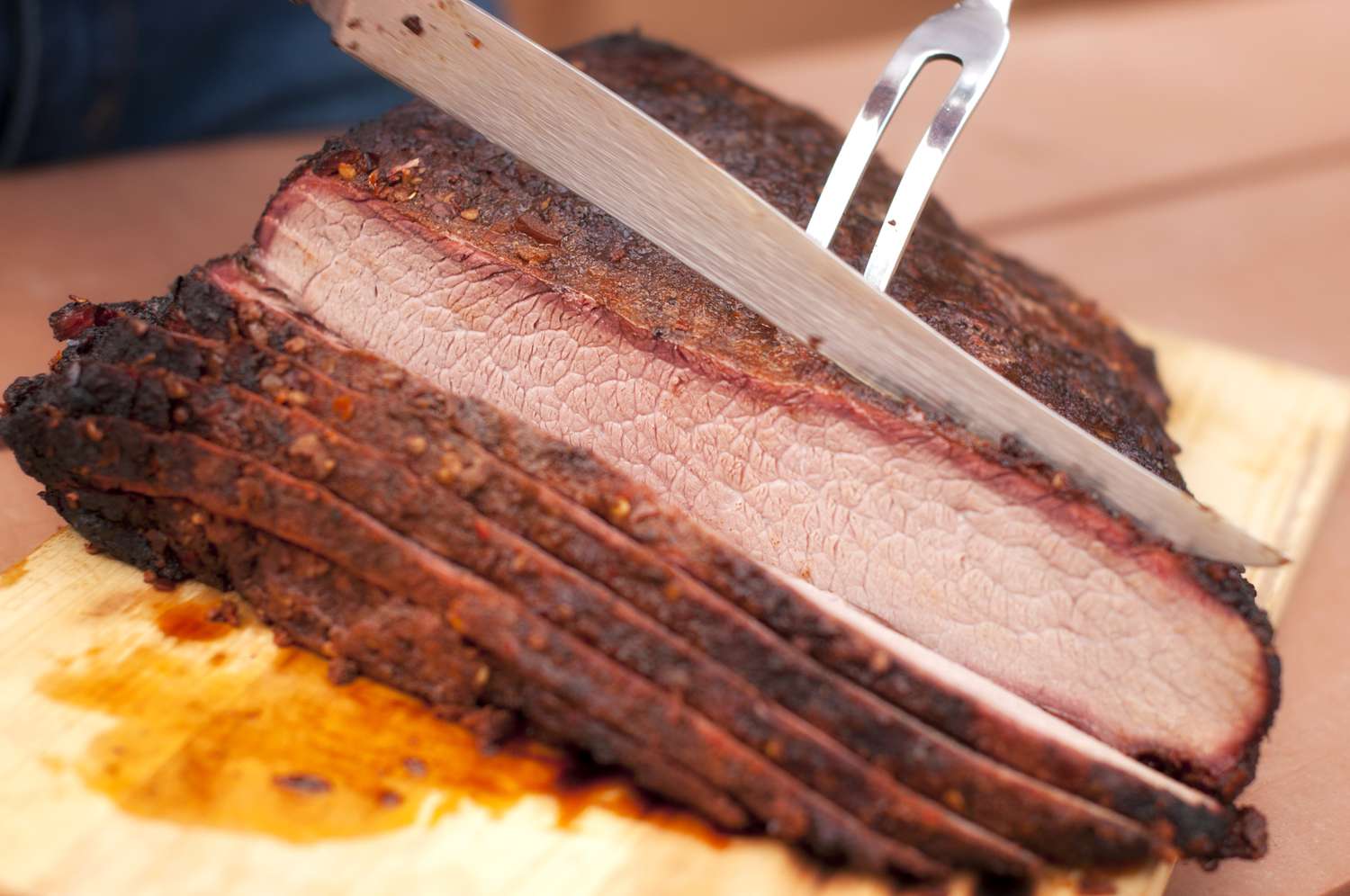
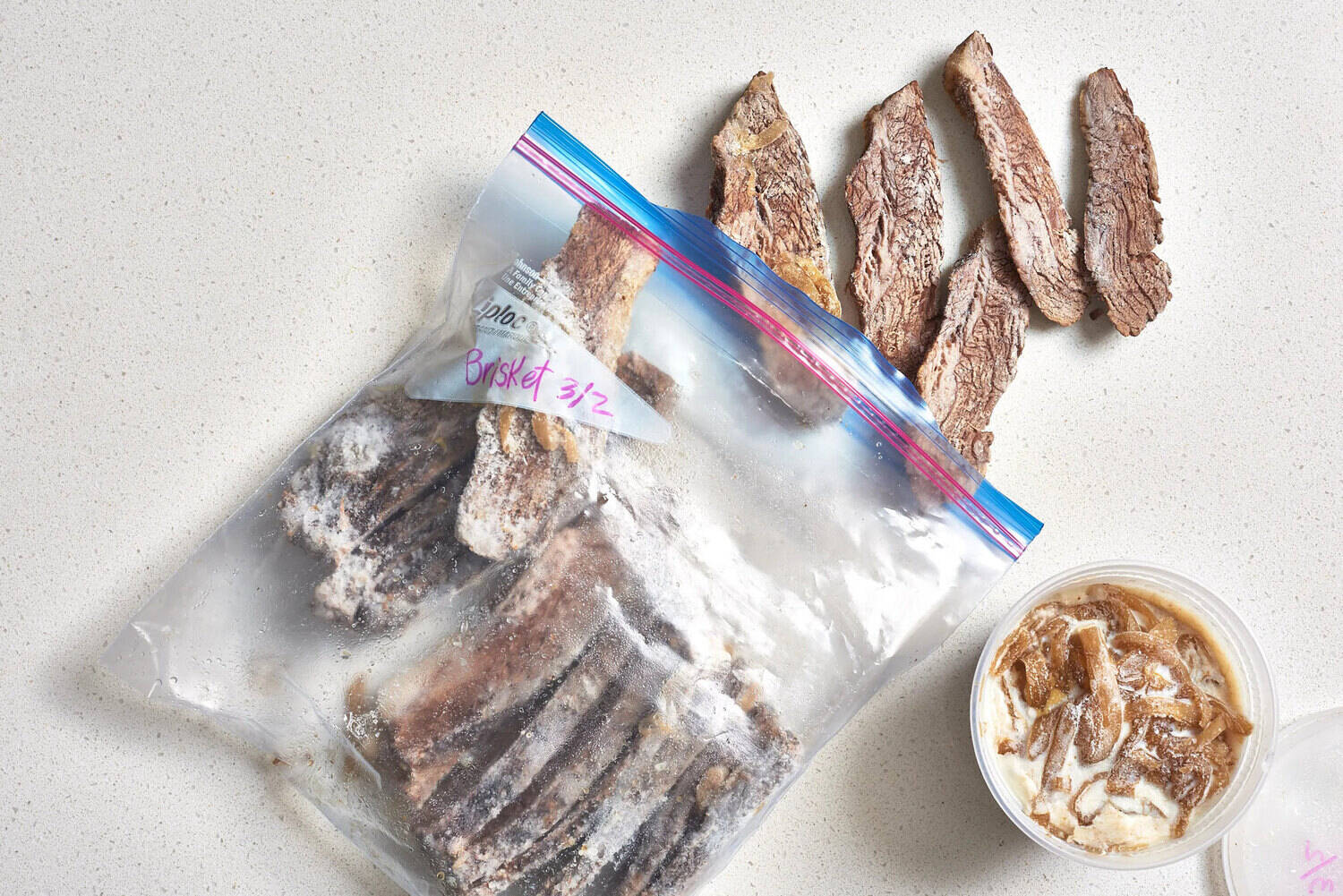
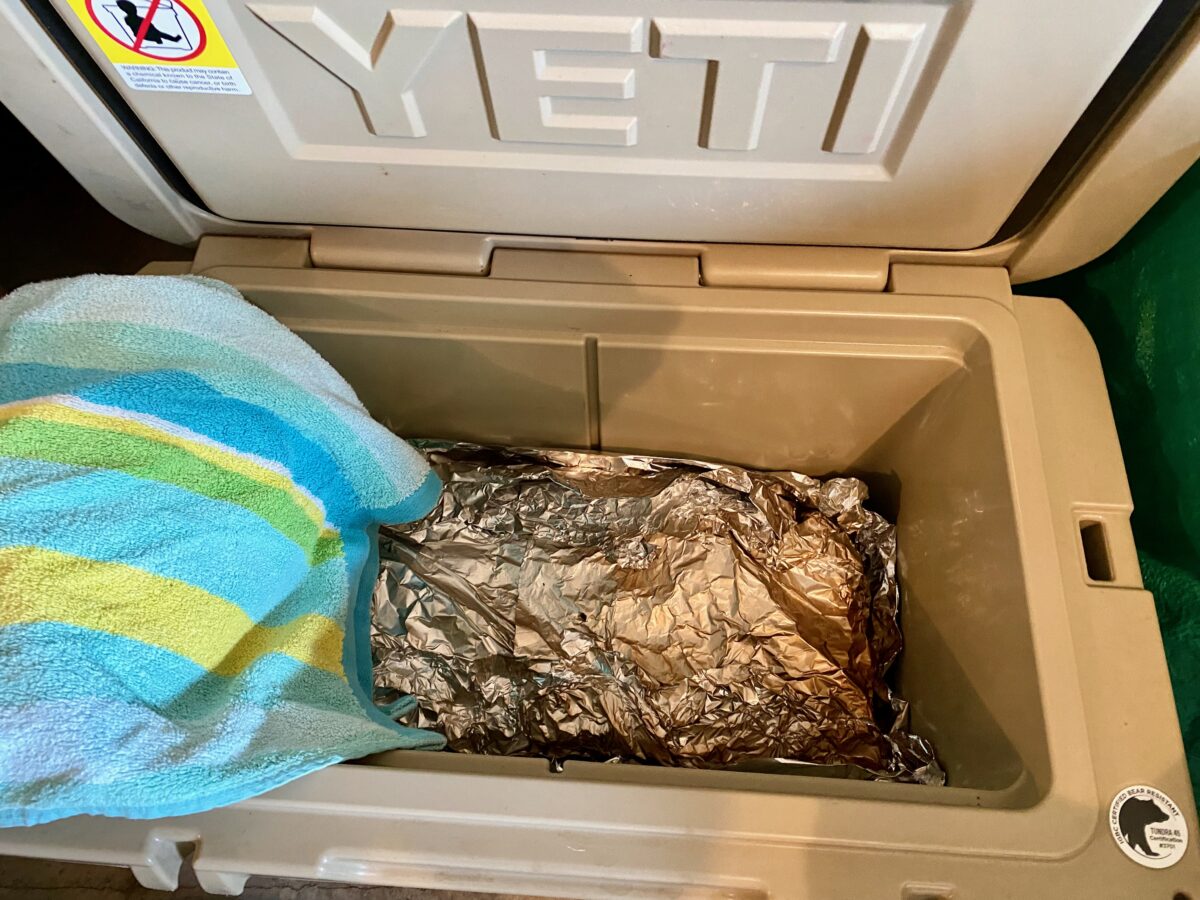
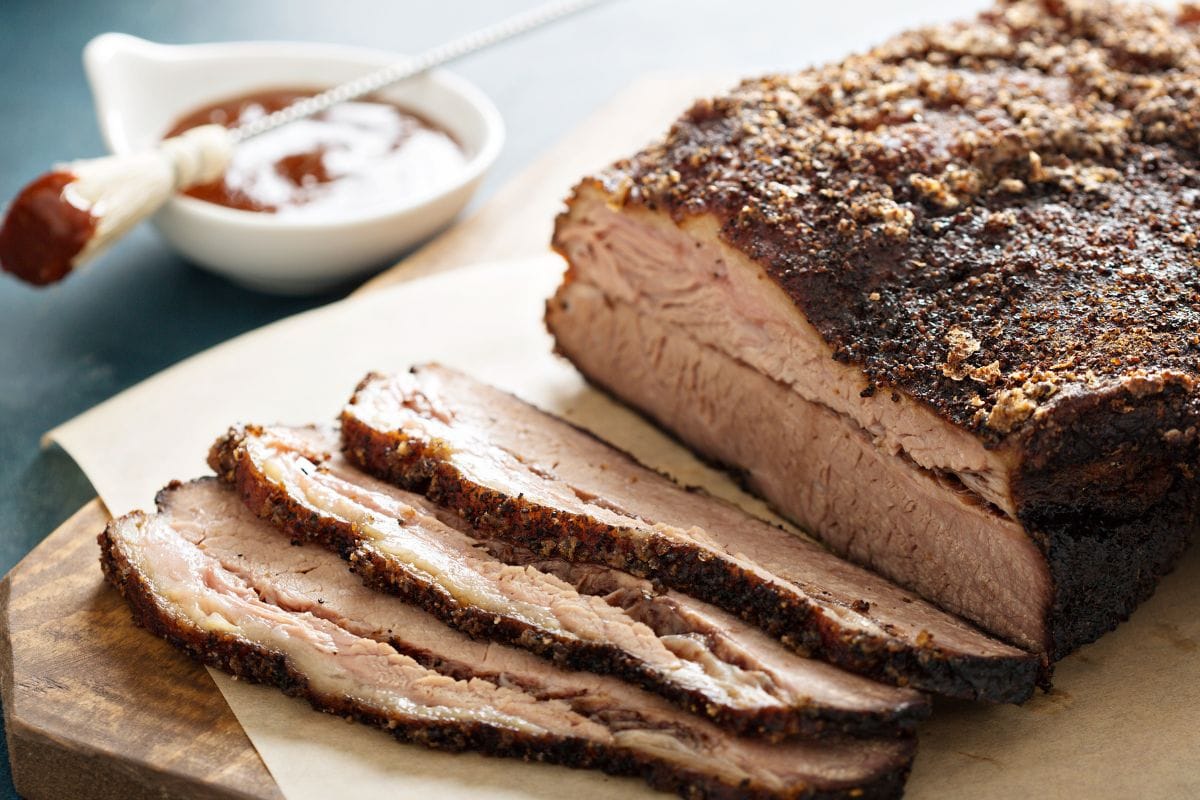
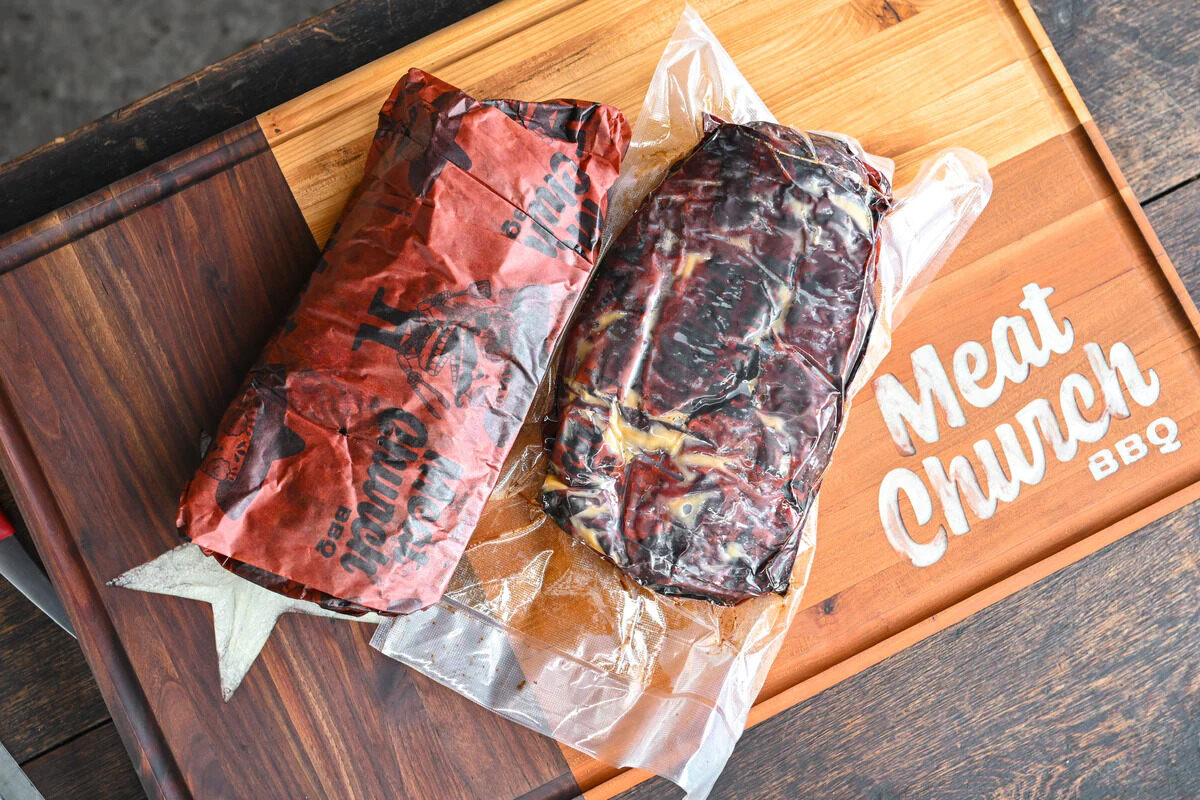
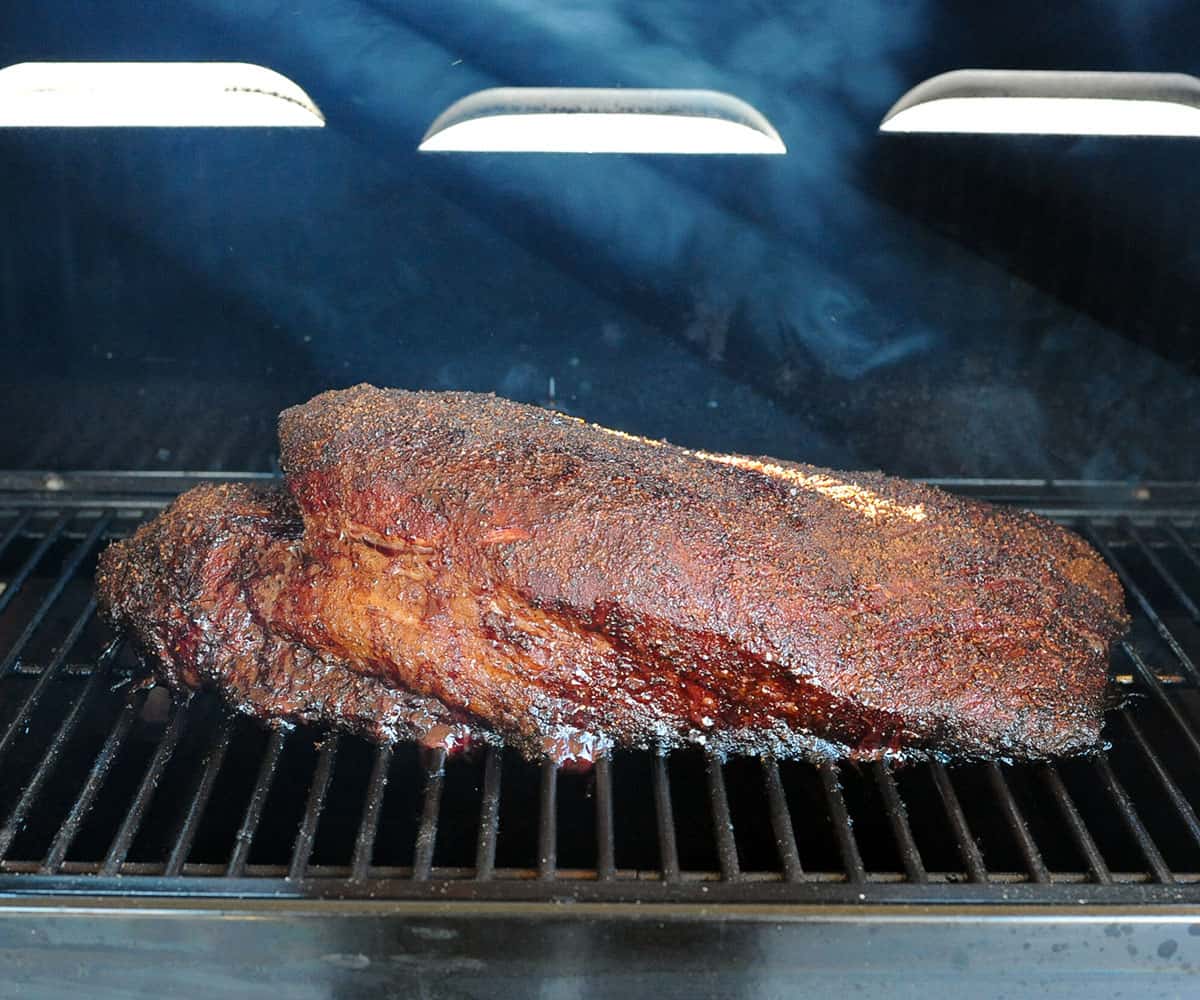
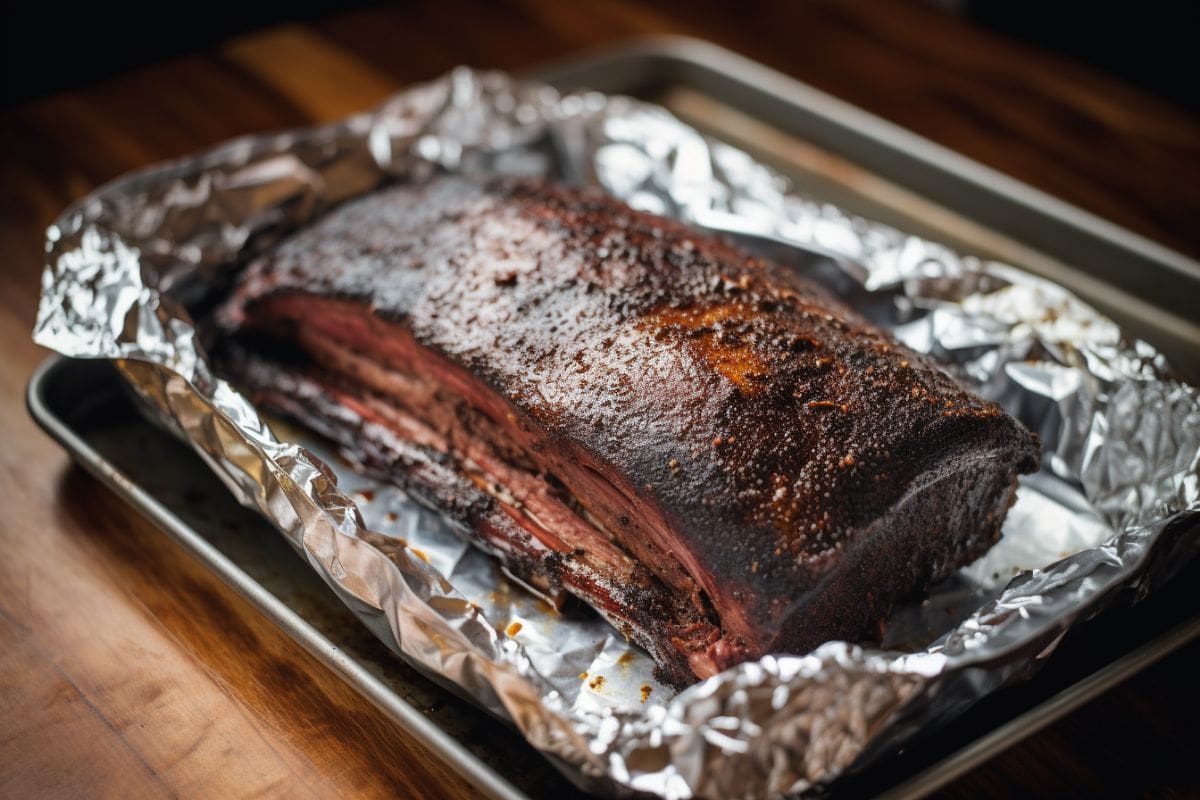
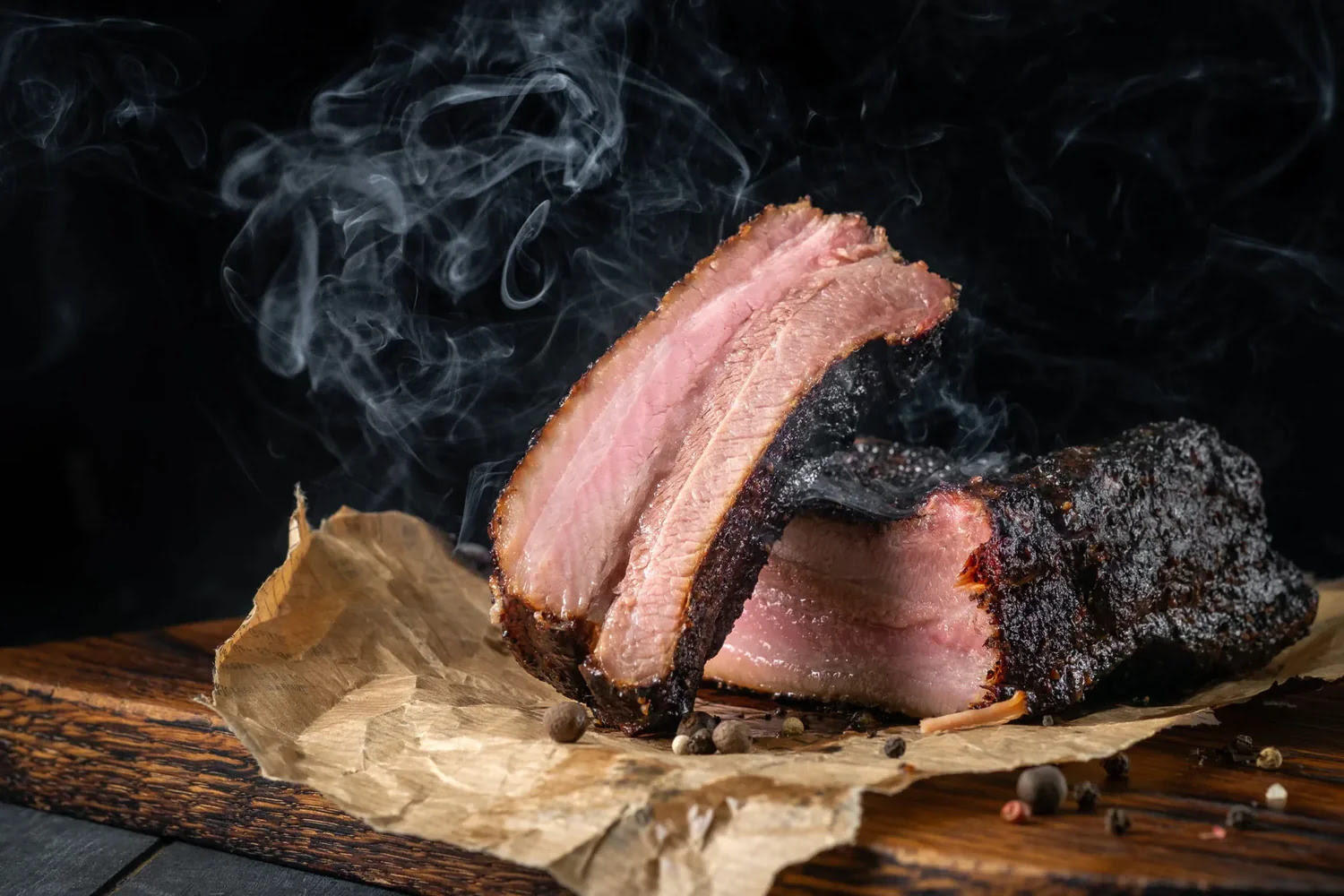
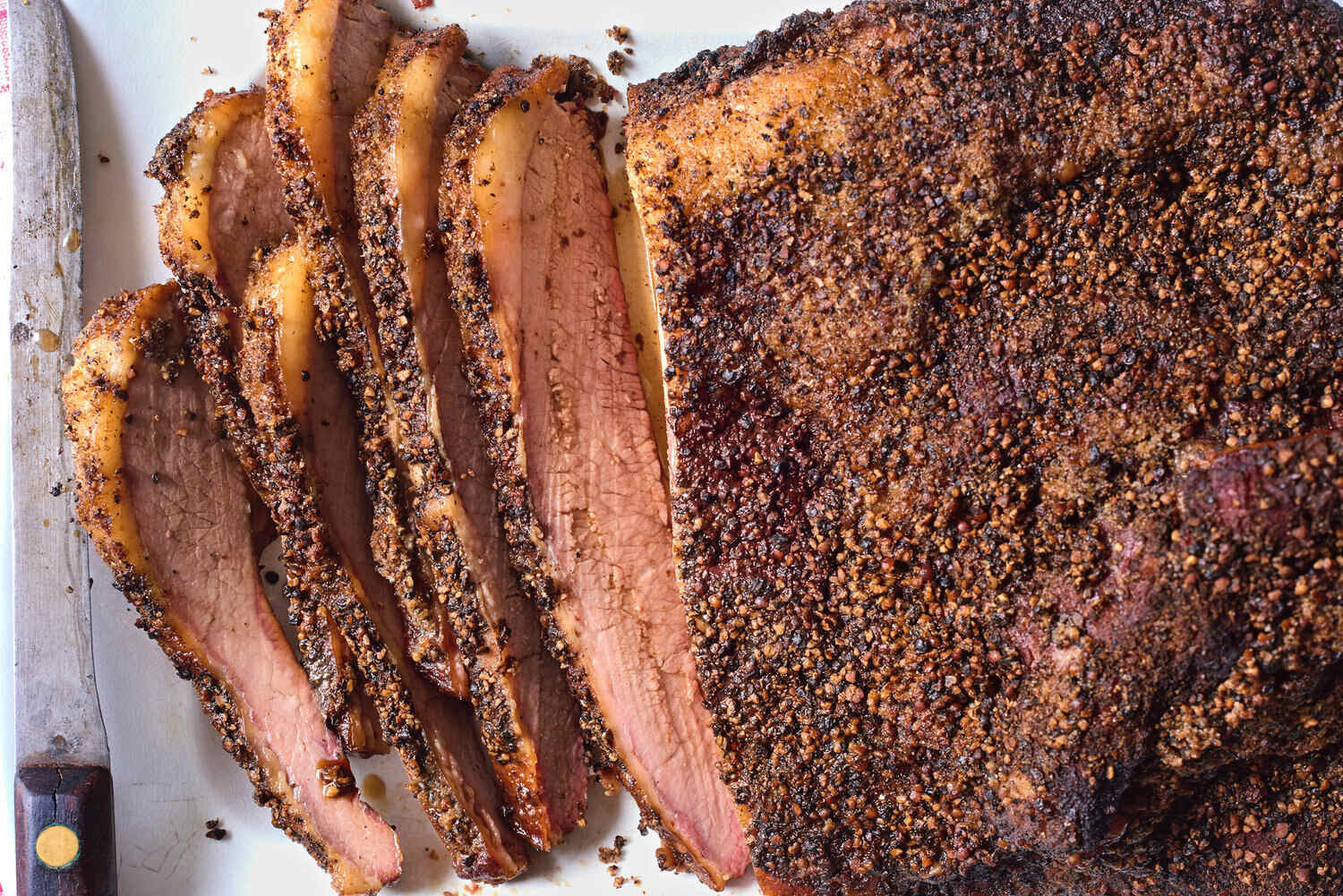
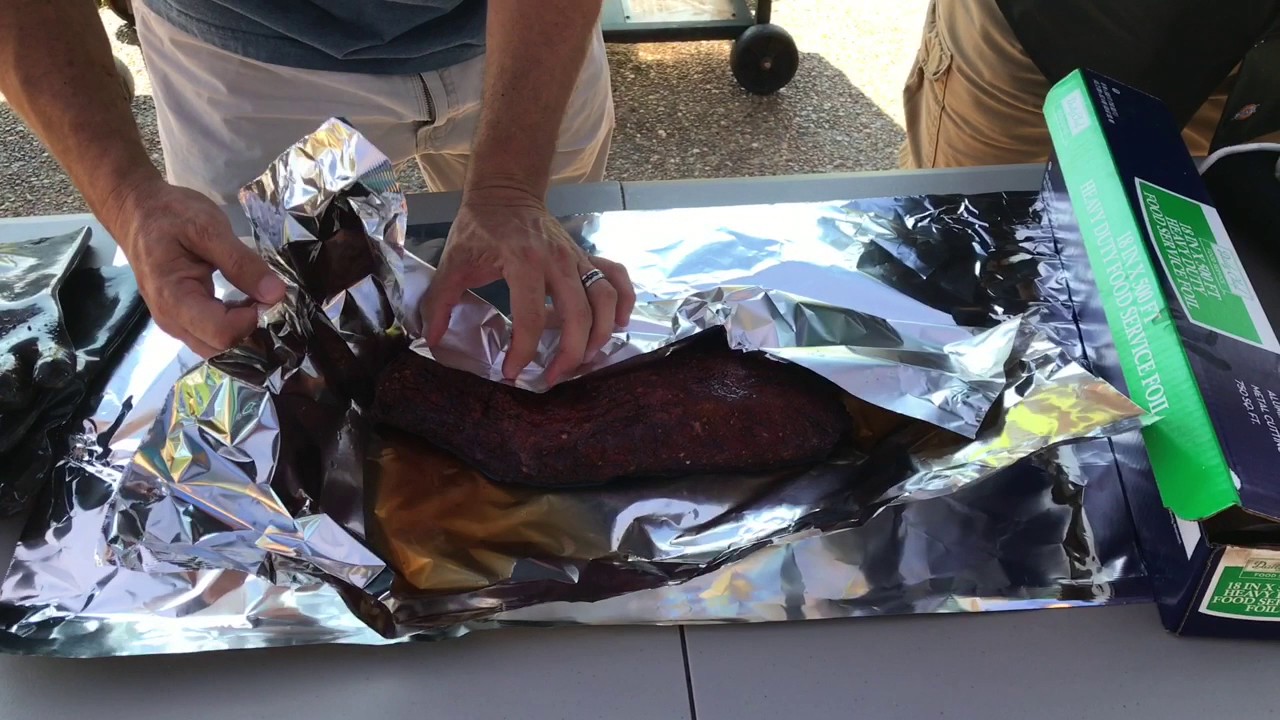
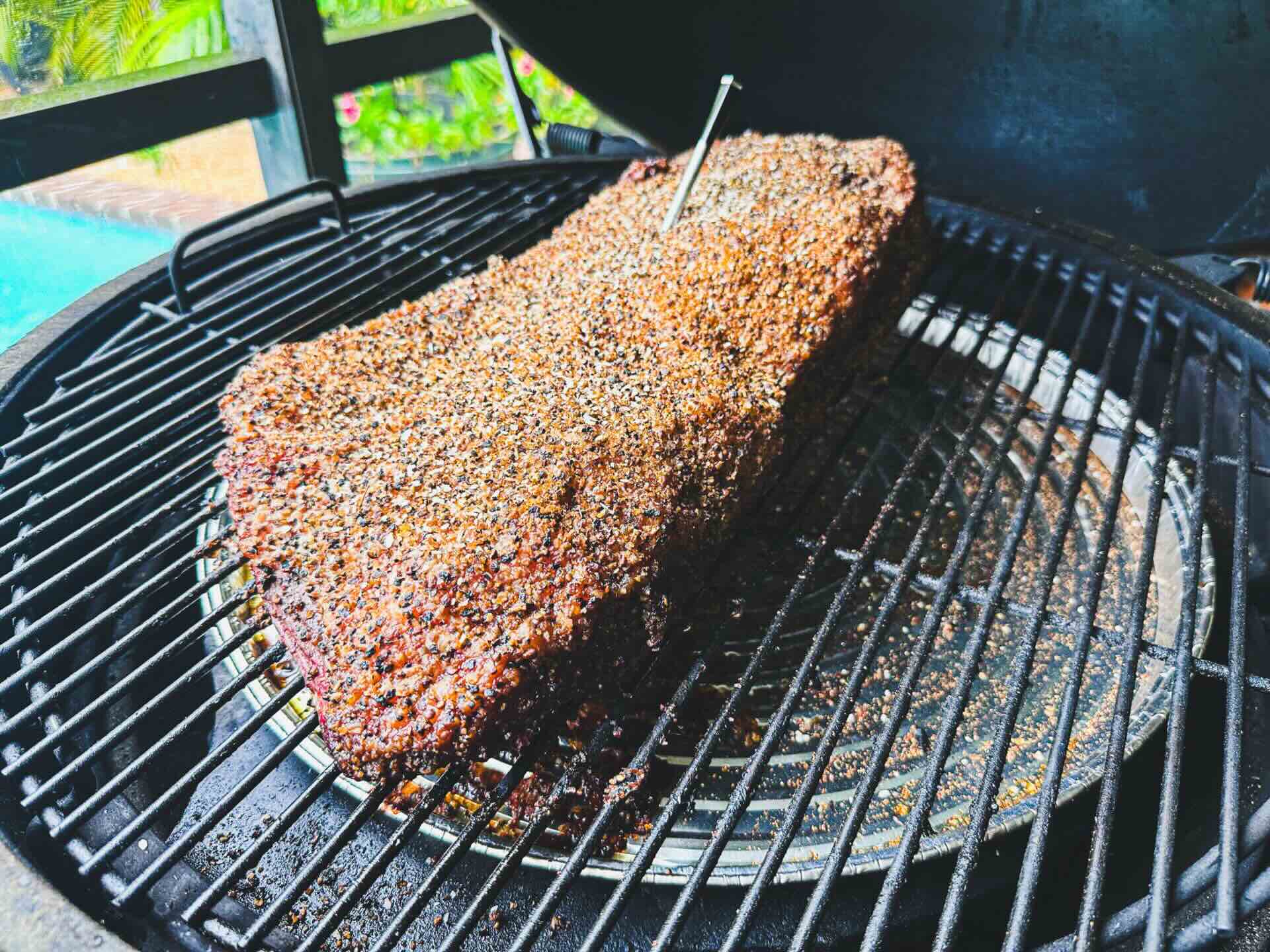
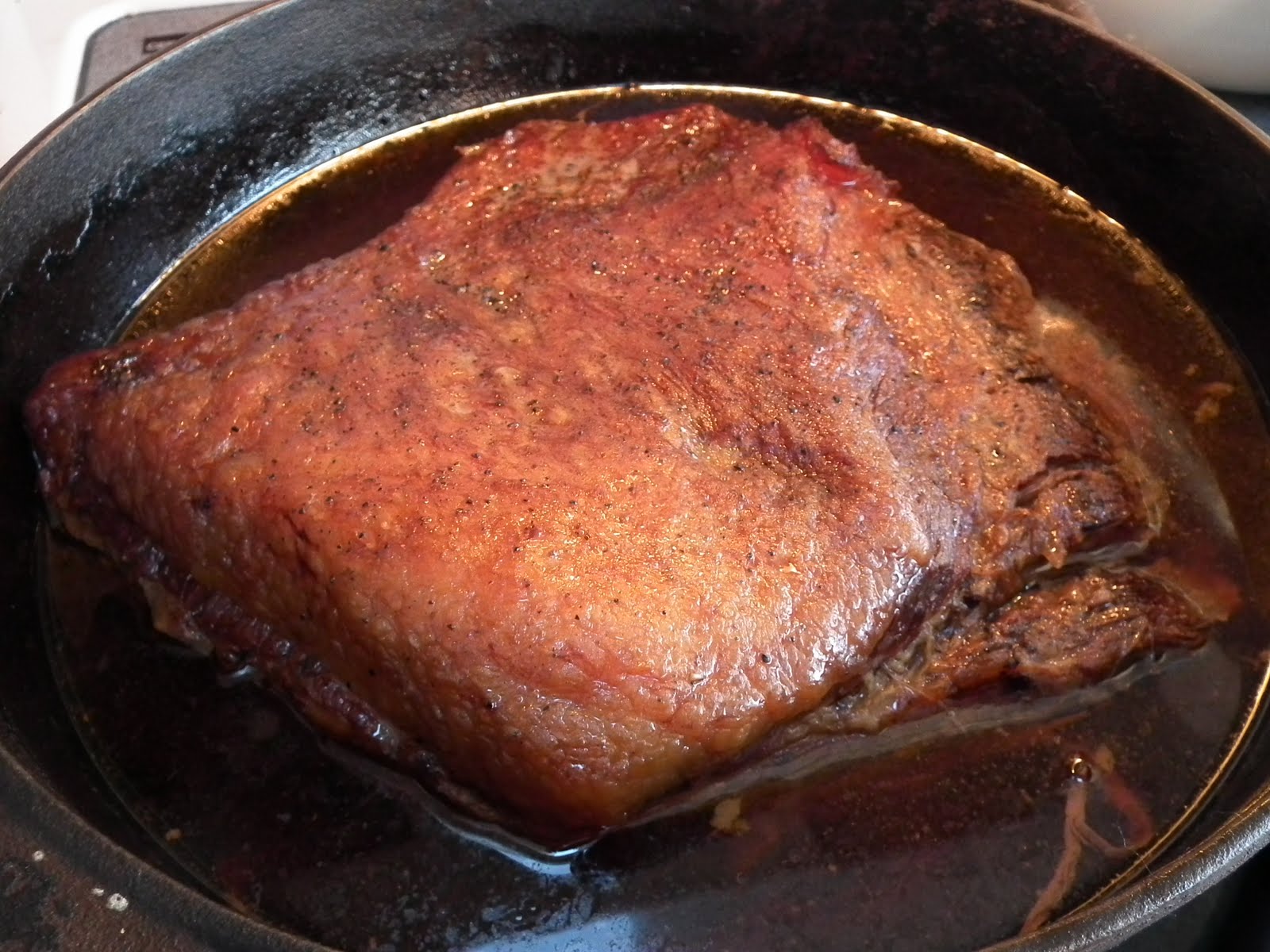
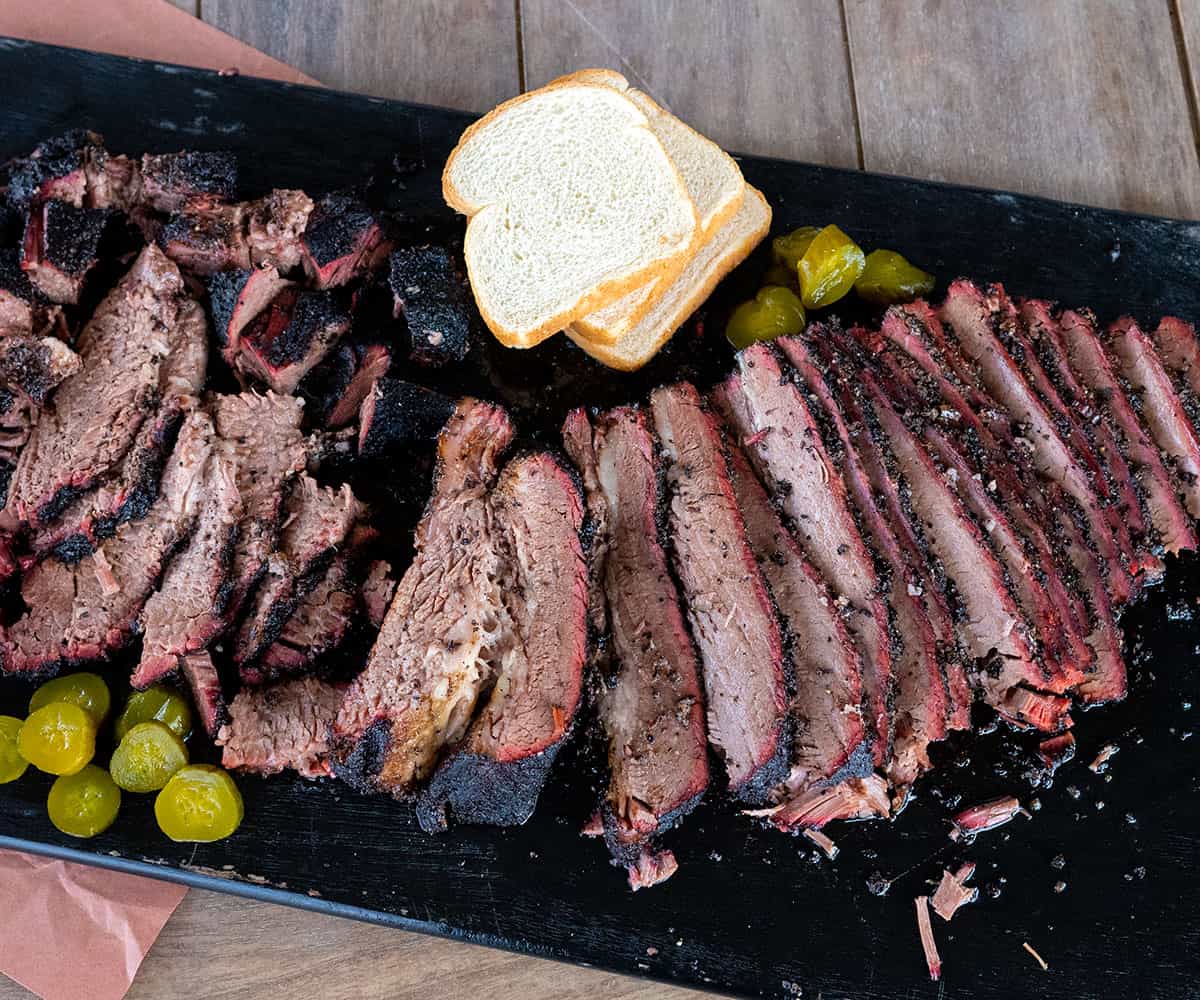
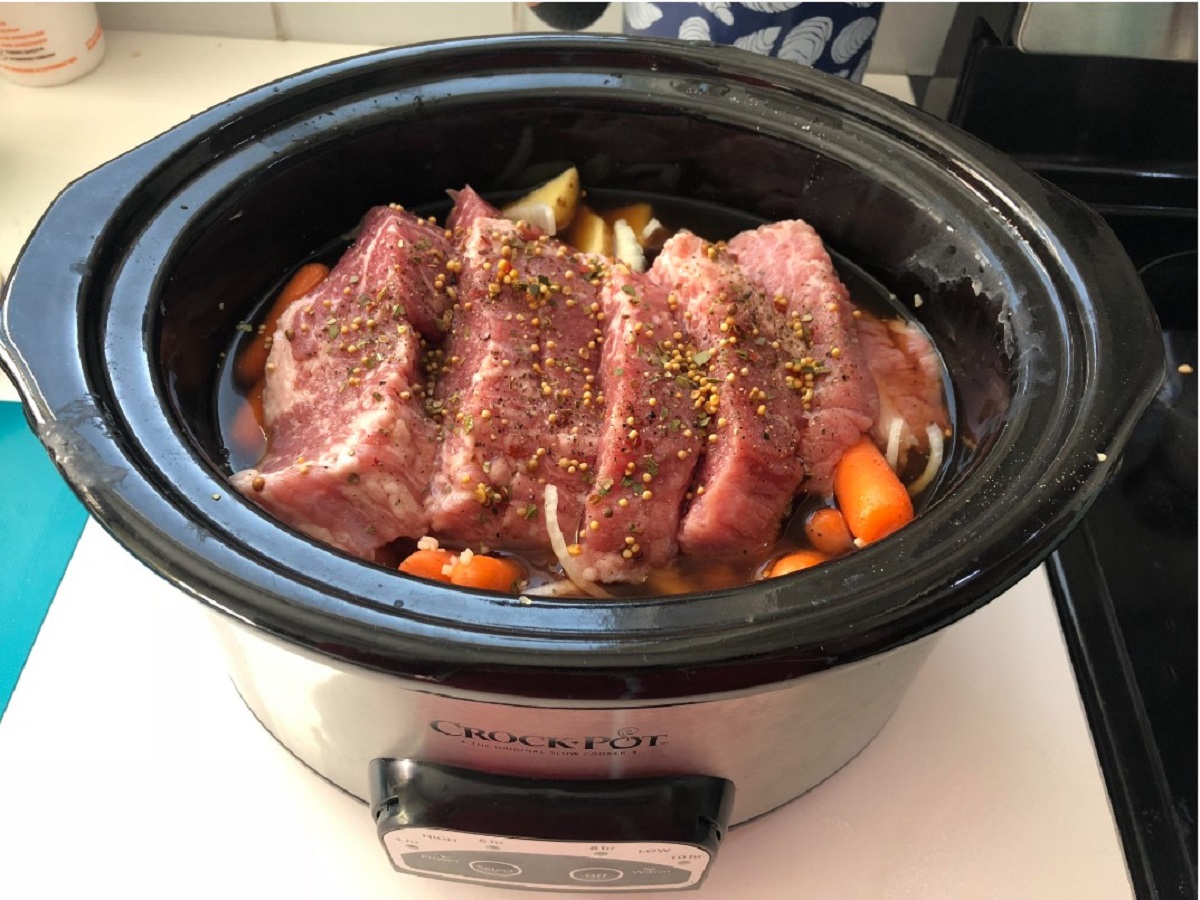

0 thoughts on “How To Store Brisket”